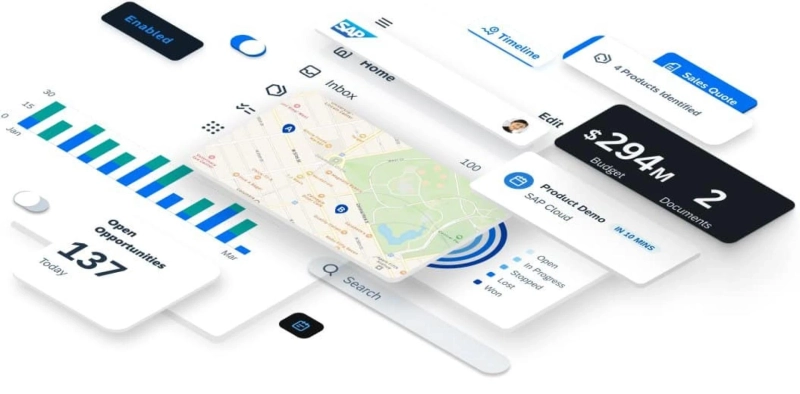ERP system (Enterprise Resource Planning System) is an integrated management system used to coordinate and integrate the activities of various departments and functions within the enterprise. The following is the general operation process of the ERP system:
1. User login: Open the ERP system and log in with a username and password
2. Navigation menu: On the main interface of the system, there is usually a navigation menu or dashboard for accessing various functional modules. Click on the corresponding module in the menu to enter the target function page
3. Functional module operation:
-Sales module: Manage sales orders, quotations, customer information, etc. You can create, edit, or delete sales orders, generate shipping orders and invoices, etc
-Procurement module: Manage purchase orders, supplier information, etc. You can create, edit, or delete purchase orders, track supplier delivery and receipt status
-Inventory module: manages inventory materials, storage locations, and other information. It can perform inventory counting, material transfer, inbound and outbound operations, etc
-Financial module: manages financial books, income and expenditure statements, etc. It can input and review financial vouchers, generate financial statements such as income statements and balance sheets
-Production module: Manage production plans, production orders, etc. You can create, edit, or delete production orders, track production progress and output status
4. Data entry and modification: According to specific requirements, data entry and modification are carried out in various functional modules. For example, entering sales orders, updating inventory material quantities, entering financial vouchers, etc
5. Data Query and Analysis: ERP systems usually provide rich query and report functions, which can view and analyze various data according to needs. For example, querying sales order status, viewing inventory remaining quantity, generating financial reports, etc
6. Data export and sharing: The ERP system can also support data export and sharing functions, making it convenient to share data with other systems or personnel. For example, exporting sales order reports as Excel files, sharing financial reports with management, etc
7. System settings and management: ERP systems usually have some settings and management functions for configuring system parameters, user permissions, etc. For example, setting default warehouses, adjusting user role permissions, etc



